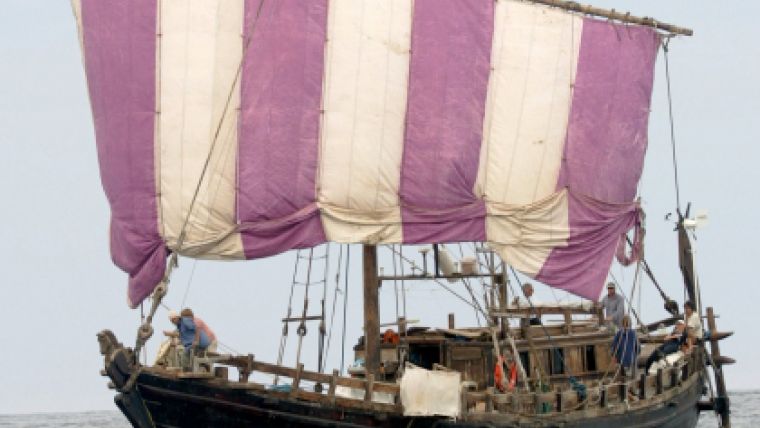Did the Phoenicians Reach the Americas Before Columbus Did?
Expedition leader Philip Beale, Yuri Sanada, a film producer, and ten crew members have embarked on an expedition to prove the possibility of the Phoenicians being the first ancient sailors to have reached the Americas over 2,000 years before Christopher Columbus. Apart from being passionate about the Phoenician history and culture, the crew is collecting sea samples to record the extent of marine litter pollution across the Mediterranean and Atlantic oceans during the Phoenicians Before Columbus Expedition.
Samples of Marine Debris
Beale hopes to use the voyage to increase the visibility of the United Nations Environment Programme’s (UNEP) Clean Seas campaign and as a call to action to fight marine litter. The expedition seeks to collect and analyse samples of marine debris across the Mediterranean Sea and the Atlantic Ocean and make the data openly available. The data will contribute to existing data on surface concentrations of marine litter pollution.
Battle Against Motion Sickness
The treacherous winds of the high seas pose another threat to the ship’s voyage. The crew, on board the 20-metre Phoenician vessel, made up of people of different nationalities, battle daily against motion sickness and the difficulty of being away from family over a long period of time. Determined to make it to the Americas and to document marine litter, the crew is committed to forging ahead. For Beale, the Phoenicians Before Columbus Expedition captain, embarking on the journey means validating the theory and providing data on marine litter.














